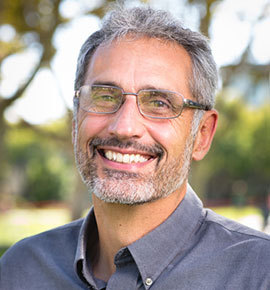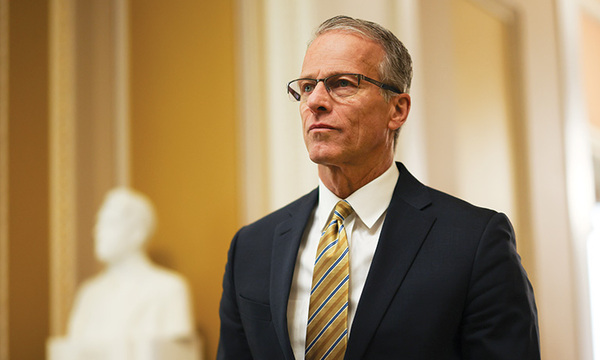The New Testament leaves no doubt as to the deity of Christ. He is the Alpha and the Omega, the beginning and the end. He is the creator of all things in heaven and on earth, both visible and invisible. He calms storms, casts out demons, rais.es the dead, forgives sin and presents himself as the only way to eternal life. He has the keys of death and Hades. He is the ruler of the kings of this earth and all authority in heaven and earth is subordinate to him. I’m sure one could extend the list of majestic descriptions of Jesus to fill this entire book. So perhaps it is unsurprising that we forget that Jesus was also a follower.
Indeed, it is a worthwhile project to draw a second portrait of Jesus from the New Testament writings — different from the one we’ve just drawn — that highlights the manifold representations of his followership. To aid the process, let’s first call to mind some of the commonplace differences between a leader and a follower. The leader is the sender; the follower is the sent one. The leader’s will is asserted; the follower implements it. The leader writes the message; the follower delivers it. The leader is the exemplar, and followers are only such to the extent they follow the given example. The leader gives the commands; the follower obeys them or passes them along to others. The leader has the authority, and the follower only has whatever authority was delegated by the leader. With this in mind, if you think that the Gospels will portray Jesus as a leader, you’re in for a surprise — when Jesus describes himself and his ministry, he consistently uses the language of following. His human incarnation is the incarnation of a follower…
The incarnate Christ is absolutely relentless in teaching us that he is imitating the example, obeying the commands, passing on the teaching, following the timing, submitting to the will, accepting the charge, and receiving the gift of his Father. Jesus is a follower. He is not just a follower in some halfway sense, in the sense of feigned humility, or by virtue of an overinflated definition of following. Rather, he is a full-throated follower who is not mere.ly performing the tasks of following but embracing followership with the flaming zeal of a man sold out to and swallowed up in a divine calling. Jesus had an extremely robust vision of the significance of following.
It is worth adding that Jesus didn’t engage in following as a preliminary training activity — following was not a spiritual discipline like fasting or meditation. His fundamental self-presentation to his disciples was as a follower at any and every moment. It wasn’t one of his many tasks, it was his defining task. And, importantly for us, his guiding passion appears to be that his disciples imitate him on exactly this point. Our master is a follower, so we are to become followers as well.
Adapted from The Call to Follow: Hearing Jesus in a Culture Obsessed with Leadership (Crossway, August 2022), by Richard Langer and Joanne J. Jung. Used by permission of Crossway, crossway.org. Langer (M.Div. ’85) serves as professor of biblical and theological studies and director of Biola's Office for the Integration of Faith and Learning. Jung (M.A. ’01) serves as professor of biblical and theological studies and associate dean of online education and faculty development at Biola's Talbot School of Theology.
 Biola University
Biola University





